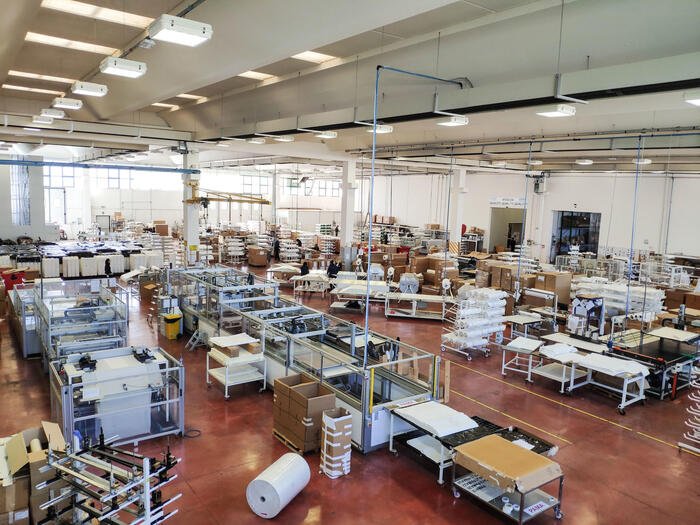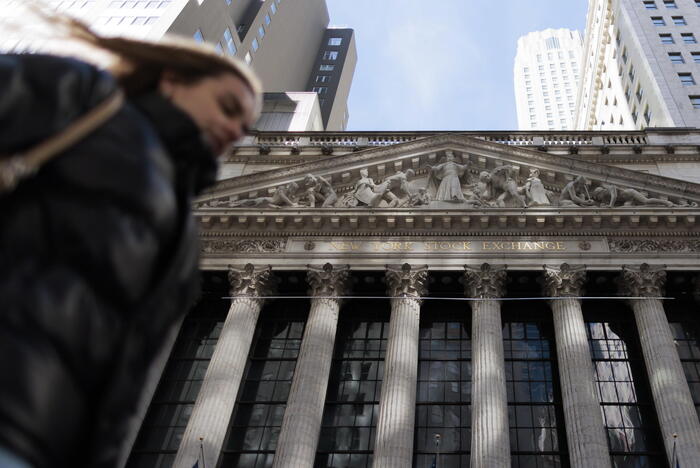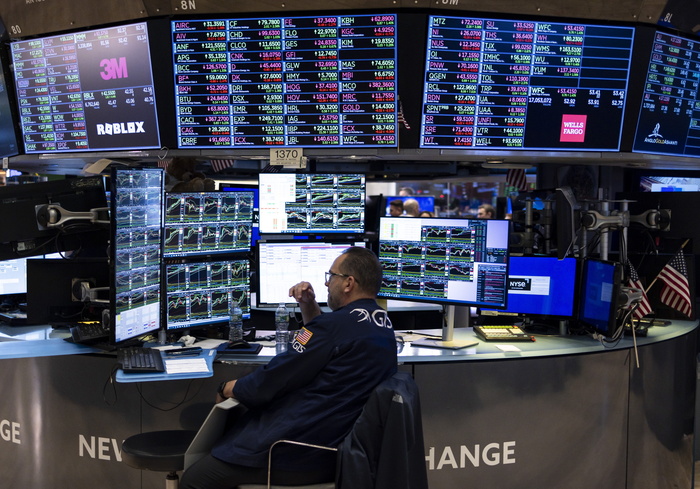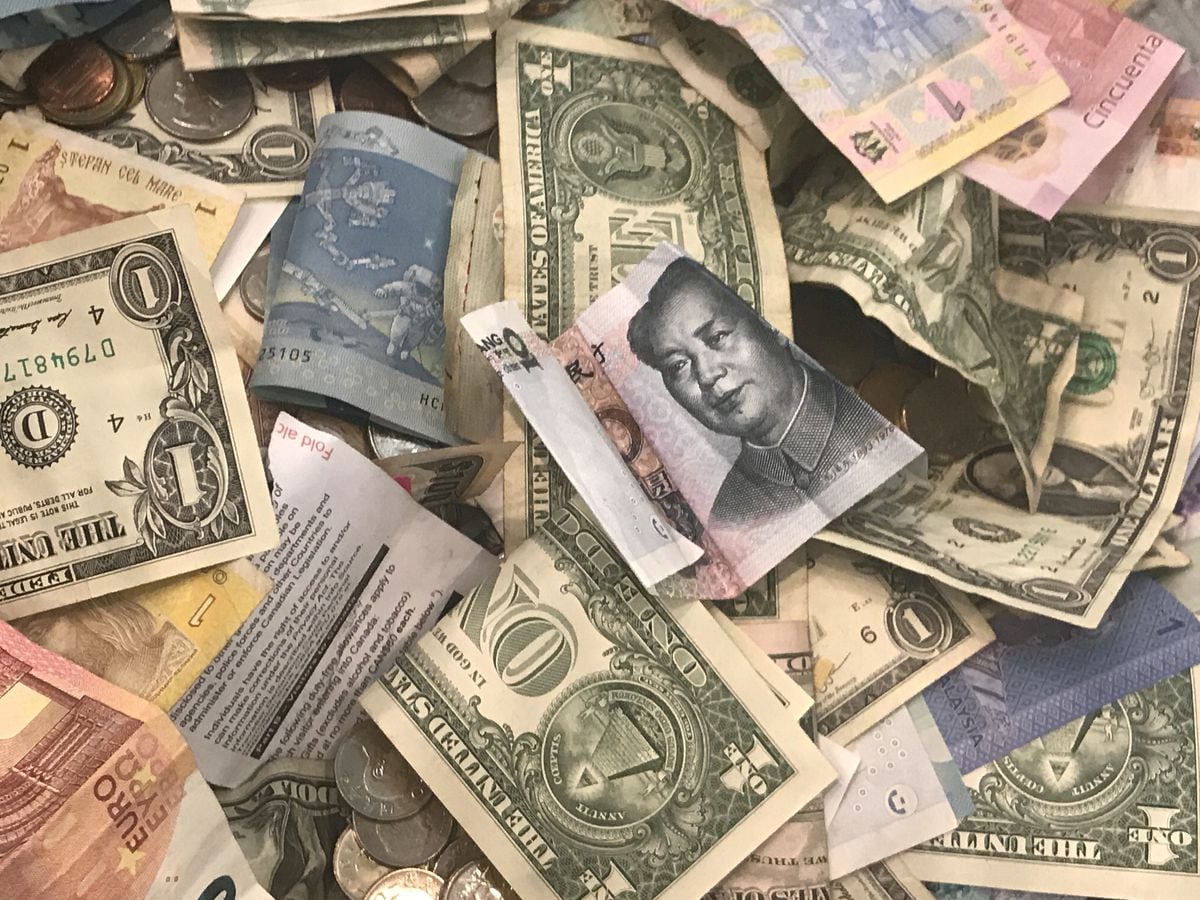An operator of the Seoul stock exchange (South Korea), this Thursday. Lee Jin-man (AP)
Wall Street has closed this Thursday the worst first semester since 1970, and the economic turbulence predicts even more curves for the remainder of 2022: the word recession is no longer a taboo.
Stocks have fallen again today, on fears that central banks' decision to rein in inflation will hamper economic growth.
The fear of a slowdown and inflation at its highest in decades, and which will not subside, have been reflected in the markets, waiting for those responsible for monetary policy to decide to raise the price of money even more to contain the rise in prices , with a foreseeable new increase of three quarters of a point, the second consecutive, of the Federal Reserve (Fed) in July.
The halfway point of the year has historically been a sensitive moment, but never as much as this year.
The S&P 500 fell more than 1% in the first operations of this Thursday, the last day of the semester.
The cornerstone of many stock portfolios and retirement plans peaked in early January and has fallen 20.58% since then, with numbers in the red in 10 of the last 12 weeks and occasional rallies that quickly evaporated over time. as a new concern hung over the market.
With today's fall, the three indexes fit their second consecutive quarterly decline, which had not happened since 2015 in the cases of the S&P and the Dow, and since 2016 for the Nasdaq.
In the month accumulated, the Dow Jones lost 7.44%, the S&P, 9.37%, and the Nasdaq, 10.46%.
The figures for the semester show losses of 15.31% for the Dow, 20.58% for the S&P 500 and 29.51% for the Nasdaq.
The downtrend has spared no sector except energy, with leading companies including Apple, Disney, JPMorgan Chase bank and major retailer Target leading the losses.
Among technology companies, large-cap companies such as Microsoft, Apple, Amazon and Tesla were down between 2.6% and 5.2% by mid-morning.
Not even the asset that was presented as safer, cryptocurrencies, has been spared from the debacle.
Bitcoin, the most important, has lost 50% so far this year.
The bond market, the usual refuge for investors on days of stock market turbulence, has also experienced a fateful semester.
The 10-year Treasury bond, a reference for the cost of borrowing, is also on track to post its worst first half of the year since the end of the 18th century, as far back as it is necessary to compare with comparable bonds.
The president of the Federal Reserve, Jerome Powell, promised this Wednesday at the meeting of central bankers in Sintra (Portugal) not to let the US economy fall into a “higher inflation regime”, even at the cost of a rise of interest rates put growth at risk.
Pessimism in consumption
Another fact to add to the pessimism of the markets is that related to consumption.
The revised spending data shows a clear slowdown, as well as a metamorphosis in habits: from the purchase of goods that spurred the economic recovery a year ago, the American consumer has switched to purchasing services, as shown, for example, by local restoration, overflowing, or the increase in air travel.
Containment in spending, one of the pillars of the US economy, caused consumption to increase by only 0.5% in the first quarter adjusted for inflation, after growing by 0.6% in the last quarter of 2021. The Government had forecast an increase of 0.8% between January and March, but, like the rest of the calculations, it had to adjust them downwards.
In summary,
Household spending rose 0.2% in May, but prices rose even more, according to data released Thursday by the Commerce Department.
But adjusted for inflation, spending fell 0.4%, the first drop this year and a sign that rising prices, especially in food and energy, are undermining the strength of the recovery.
Pessimism hangs over consumers despite their expansive trend, constantly increasing throughout the year, due to their lower incomes.
As a result of inflation, households purchased exactly the same amount of gas in May as in April, but paid 4% more.
A survey commissioned by
The New York Times
this month shows growing pessimism: 52% of those surveyed say they are doing worse financially than a year ago.
More than ten points above the 41% of pessimists declared in April, and the highest percentage in five years.
The consumer confidence index established by the University of Michigan has also bottomed out this month, with its lowest record in 70 years.

/cloudfront-eu-central-1.images.arcpublishing.com/prisa/NR5UIPXTQ2QWJIIJOZ3KAFOTNU.jpg)


/cloudfront-eu-central-1.images.arcpublishing.com/prisa/EEJSWJ3MT5C2LL4U4EDDVAF3FY.jpg)









